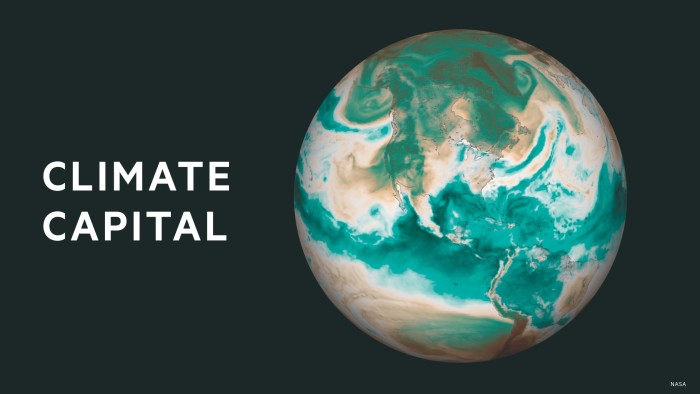Inspired by an excellent video from the European Space Agency, I wanted to show where the world’s glacial regions are and how much ice loss has occurred in each of them since 2000.
To make the animation, I downloaded the geographic information system data for the glaciers from the National Snow and Ice Data Center. The data is extremely detailed, coming in at a huge 14GB.
This data was brought into the open source Qgis software, styled using an icy blue which stands out perfectly against the dark background. This was then exported as a PNG in the standard projection known as WGS84, used to determine positions on the Earth’s surface by satellites and mapping systems.
I wanted to use a relief map for the animation as the glaciers are mainly found in mountainous regions. To create the terrain, I downloaded elevation data, also know as a digital elevation model (DEM) from Nasa’s Blue Marble project.
[Nerd note: DEM data comes as greyscale raster files. Pure black refers to lowest point on the earth’s surface (the Dead Sea) and pure white, the highest point (Mount Everest) above mean sea level.]
This data is loaded into Blender, the open source 3D software, and overlaid on to a mesh. Using displacement tools, the mesh is distorted into peaks and troughs based on the tints of the individual pixels in the DEM file. The glacier PNG is then draped over the terrain as an image texture and the combined file is rendered for use in After Effects for the final animation.
This excellent tutorial by cartographer Daniel Huffman explains the process.
For the animation of the rotating globe and shift in camera movement, I used the VC Copilot Orb plug in.
Taking the reader on a journey across the globe was a more engaging way of showing glacial ice melt than a static world map. The animation also allows a more detailed view of the glaciers and information that would have been difficult to fit on to a single map, particularly on mobile screens.

For a second chart, I took the percentage of ice loss data and combined it with the volume of ice in each glacier region. This chart type is called a Marimekko and is ideal for showing size and proportion in a single graphic.
The chart perfectly illustrates how the rate of melting varies dramatically, with the larger glacial regions of Antarctica and Arctic Canada losing 1.5% and 3% respectively. The Alps in central Europe, with far less glacial ice volume, recorded a staggering 38.7% loss in the period of 2000 to 2023.
This has been fuelled by the fact that since the 1980s Europe has warmed at twice the pace of the global average, making it the fastest warming continent.
Climate Capital

Where climate change meets business, markets and politics. Explore the FT’s coverage here.
Are you curious about the FT’s environmental sustainability commitments? Find out more about our science-based targets here


